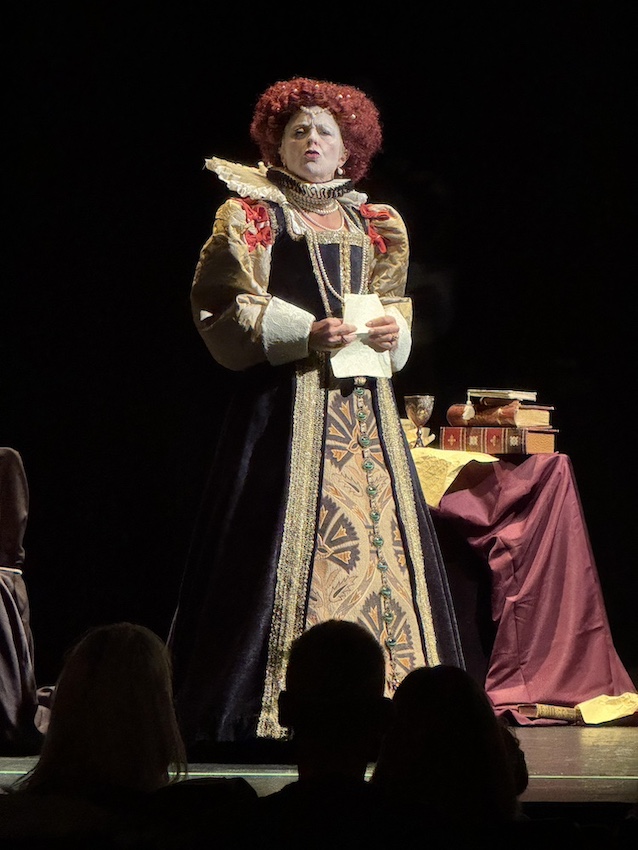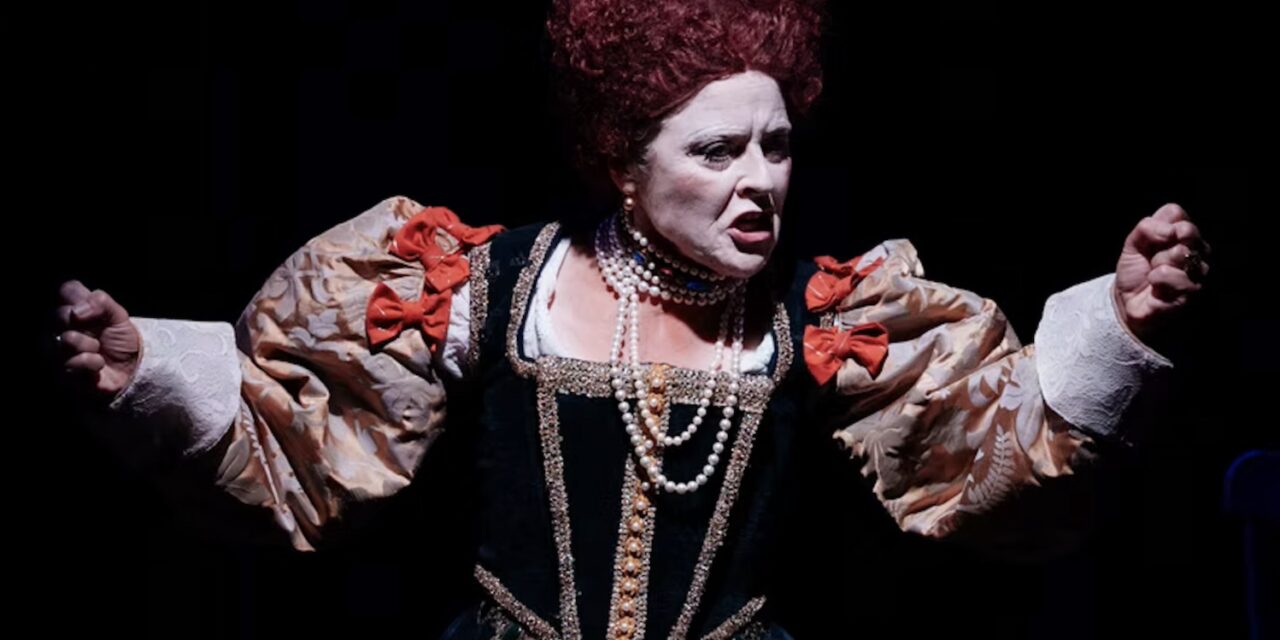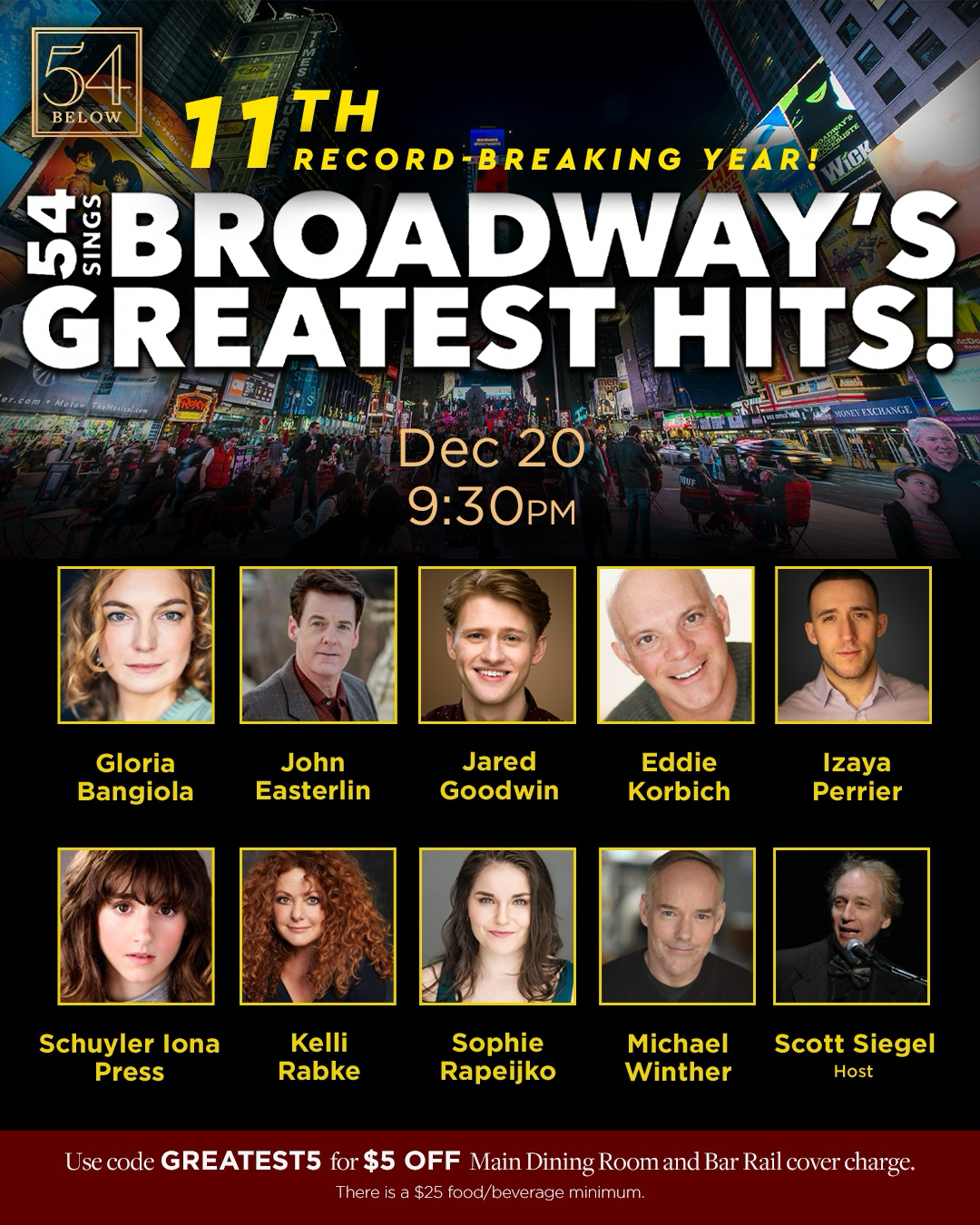By Walter Murphy
Elizabeth I – In Her Own Words is a solo performance of the “Virgin Queen” remembering significant events of her long reign (nearly 40 years!) as Queen of England as she prepares for bed. Brilliantly played by Tammy Meneghini, Elizabeth defends her reputation and decisions, over the course of a 90-minute soliloquy, affirming that Her Majesty was her own woman.
Elizabeth I’s reign saw England rise in world prominence despite personal attacks on her legitimacy, governing decisions, and settlement of religious differences. Only the strong survived, and Elizabeth I survived and thrived through it all.
The script, exhaustively researched and quoted from historical artifacts, letters, and speeches, affords Meneghini’s Queen the facts needed to debunk criticism and rumors. It names names, holds her detractors accountable, and keeps the audience rapt.

Elizabeth’s rise was not easy or direct. Her father, Henry VIII, had her mother, Anne Boleyn, executed, sidelining Elizabeth’s line in succession to the throne and casting her aside. However, English kings and queens sometimes ruled briefly, and that was the case with Elizabeth’s brother and sister. Both died prematurely, leaving Elizabeth at the head of the line of succession. At age 25, Elizabeth I became Queen of England.
Succession was extremely important to Parliament and her council, but not to Elizabeth. The unmarried Queen had no intention of marrying and producing heirs. Although she had many possible mates—Philip II of Spain, Erik XIV of Sweden, and Francois, Duke of Anjou and Alençon—she only had affection for her childhood friend, Robert Dudley.
In addition to early questions of her legitimacy, Elizabeth I took issue with William Shakespeare’s play Richard II, which questioned the King’s legitimacy. Elizabeth thought the Bard’s words hit too close to home: “I am Richard II, know ye not that?”
Once on the throne, the Queen had to deal with political and religious conflicts. Warring with Spain, her windswept victory at sea over the powerful Spanish Armada greatly strengthened England’s standing in the world. But, her father’s establishment of the Protestant Church of England put her in conflict with Catholics and Catholic nations.
Heavily Catholic Ireland, then a colony of England, revolted against attempts to force it to forsake its religion. Sadly, under Elizabeth I, the Nine Years’ War raged, and Ireland suffered mass casualties, famine, and confiscation of land before eventual defeat by English forces. It was the failure to quell the Irish revolts that ultimately led to Robert Devereux, 2nd Earl of Essex, being removed and beheaded.

Religion caused Elizabeth I the most personal grief with her cousin, Mary Stuart, Queen of Scotland, who was a staunch Catholic. In spite of the urging to behead Mary, Elizabeth was very reluctant to do so to the legitimate Queen of Scotland. She refused to sign the execution warrant, so Mary was held captive for decades. Mary was eventually beheaded, causing Elizabeth much grief, as she never signed the document, blaming a subordinate for proceeding without her consent. It was a particularly low, sad point in her reign and in the play.
Throughout the performance, Elizabeth I defends her actions, tearfully justifying her decisions with the belief that she always did her best for her people.
A 90-minute monologue could be challenging. Not the case here, due to a very smart choice of how to use the period costume Meneghini wears. Beautifully designed by Markas Henry, the costume is true to Elizabeth’s status as Queen. During the course of her soliloquy, Meneghini slowly removes pieces of the garment—her queenly armor. In the end, when she speaks of her sadness at the beheading of Mary, she is unadorned. Not naked, but without the symbols of her regal position. She is simply a proud woman at peace with herself.
Elizabeth I – In Her Own Words was written by playwright Carol Levin in collaboration with Tamera Meneghini and Sabin Epstein, and directed by Sabin Epstein. Music is by Rick Pruitt, who accompanies Meneghini on stage. The production reviewed here was part of the United One festival. It was performed on October 31 and November 1 at Theater Row (410 West 42nd Street, between Ninth and Tenth Avenues).
Photos: Bennet Forsyth


